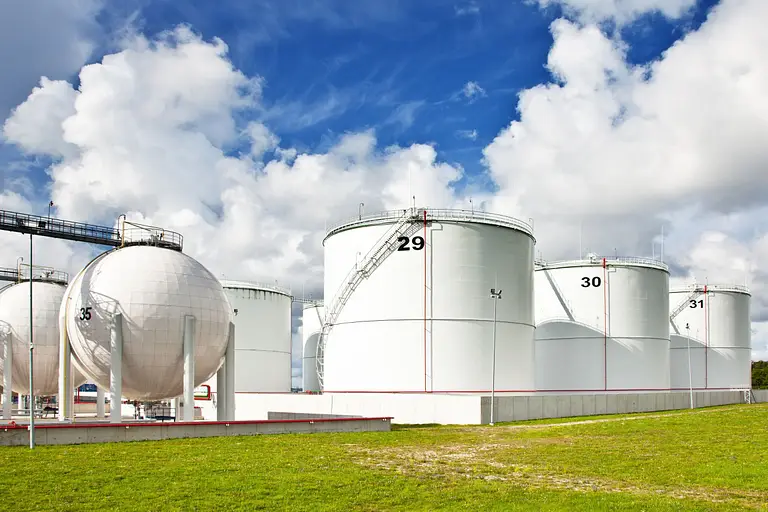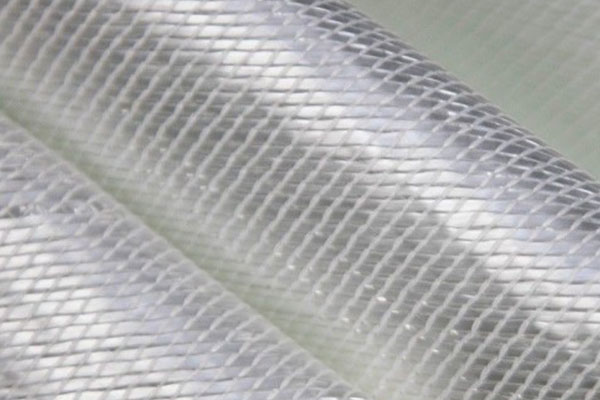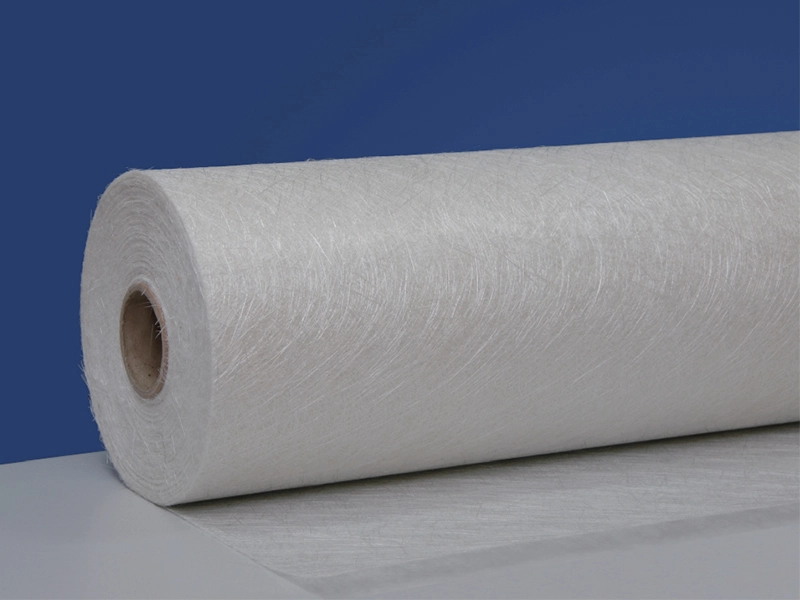Brominated reactive flame retardant vinyl ester resins, such as 905-2, 905-2HOI, 905-N, 915, CHEMPULSE 915-HOI, etc., have good corrosion resistance. At the same time, due to the introduction of halogen into the resin system, it has excellent flame retardant properties, and is mainly used in corrosion-resistant equipment with flame retardant requirements.
Product performance introduction
Flame retardant vinyl ester resins are specialized formulations that incorporate additives or fillers to enhance their fire resistance properties. These resins are designed to inhibit or slow down the spread of flames and reduce smoke generation when exposed to fire or high temperatures. Here are some key points about flame retardant vinyl ester resins:
-
Flame Retardant Additives: Flame retardant vinyl ester resins may contain additives such as halogen-based compounds, phosphorus-based compounds, antimony trioxide, or other flame retardant agents. These additives work by interrupting the combustion process and reducing the flammability of the resin.
-
Fire Performance: Flame retardant vinyl ester resins are formulated to meet specific fire performance standards and regulations, such as UL 94, ASTM E84 (Class A), or other industry-specific fire safety requirements. They are used in applications where fire resistance is a critical consideration.
-
Applications: Flame retardant vinyl ester resins are used in a wide range of industries and applications, including building and construction (e.g., architectural panels, roofing materials), transportation (e.g., mass transit vehicles, marine vessels), electrical and electronic equipment, and industrial components where fire safety is a priority.
-
Properties: In addition to flame retardancy, these resins retain the mechanical strength, chemical resistance, and corrosion resistance properties of standard vinyl ester resins. They offer a balance of fire protection and performance characteristics suitable for demanding applications.
-
Processing: Flame retardant vinyl ester resins can be processed using various techniques, including hand lay-up, spray-up, filament winding, pultrusion, and resin transfer molding (RTM). Proper handling and processing techniques are essential to ensure the desired fire performance of the final composite product.
-
Safety Considerations: When working with flame retardant vinyl ester resins, it is important to follow safety guidelines and regulations for handling, storage, and disposal. Proper ventilation, personal protective equipment (PPE), and fire safety precautions should be observed to minimize risks associated with resin handling.
-
Supplier Information: If you are looking to purchase flame retardant vinyl ester resins, you can contact resin manufacturers, distributors, or suppliers specializing in fire-resistant composite materials. They can provide you with product information, technical support, and guidance on selecting the right resin formulation for your specific fire safety requirements.
Overall, flame retardant vinyl ester resins offer a valuable solution for applications where fire protection and safety are paramount. By incorporating flame retardant additives into vinyl ester resin formulations, manufacturers can produce composite materials that meet stringent fire performance standards and provide enhanced fire resistance properties.
| Performance | 905-2 | 905-2HOI | 905-N | 915 | CHEMPULSE 915-HOI |
| Solid Content %) | 58±1.5 | 58±1.5 | 62±1.5 | 54±1 | 55±2 |
| *1 Viscosity(cps) | 380±100 | 380±100 | 350±100 | 350±100 | 300±50 |
| Proportion (Kg/L) | 1.15±0.02 | 1.15±0.02 | 1.15±0.01 | 1.06±0.01 | 1.09±0.01 |
| *2 Gel Time (min) | 20±5 | 20±5 | 20±5 | 15±5 | 17.5±7.5 |
| Quality Guarantee Period (month,25℃) | 6 | 6 | 3 | 6 | 6 |
*1 LVT#3-60rpm,25℃
*2 55%MEKP:1.2%,6% cobalt caproate:0.4%,100%DMA:0.05%,25℃
| Performance | 905-2 | 905-2HOI | 905-N | 915 | CHEMPULSE 915-HOI | Test Method |
| Tensile Strength(MPa) | 76-90 | 76-90 | 68-82 | 75-85 | 76-84 | ISO 527-2 \GB/T 2567 |
| Tensile Modulus(GPa) | 3.4-3.7 | 3.4-3.7 | 3.4-3.6 | 2.9-3.2 | 3.0-3.4 | ISO 527-2 \GB/T 2567 |
| Elongation(%) | 4.5-5.5 | 4.5-5.5 | 5.2-5.7 | 5.0-7.0 | 4.0-7.0 | ISO 527-2 \GB/T 2567 |
| Flexural Strength(MPa) | 111-132 | 111-132 | 122-136 | 115-135 | 131-142 | ISO 178 \GB/T 2567 |
| Flexural Modulus(GPa) | 3.5-3.8 | 3.5-3.8 | 3.5-3.8 | 3.1-3.4 | 3.2-3.6 | ISO 178 \GB/T 2567 |
| HDT(℃) | 102-108 | 102-108 | 130-136 | 84-90 | 80-85 | ISO 75 \GB/T 1634 |
| Hardness (Barcol) | 35-40 | 35-40 | 39-45 | 33-37 | 35-40 | GB/T 3854 |
| Oxygen Index | 25-28 | 28-32 | 25-28 | 28-32 | 32-35 | ISO 4589-2 \GB/T 2406 |
Flame retardant vinyl ester resins find application in various industries and products where fire safety and resistance to combustion are critical considerations. Here are some common applications of flame retardant vinyl ester resins:
-
Building and Construction:
- Architectural panels: Flame retardant vinyl ester resins are used in the construction of building facades, cladding panels, and architectural elements to enhance fire safety.
- Roofing materials: These resins are incorporated into roofing membranes and coatings to improve fire resistance and reduce the spread of flames in case of a fire.
-
Transportation:
- Mass transit vehicles: Flame retardant vinyl ester resins are used in the interior components of buses, trains, and other mass transit vehicles to meet fire safety regulations and enhance passenger safety.
- Marine vessels: These resins are utilized in the construction of boat hulls, decks, and interior components to provide fire protection for marine applications.
-
Electrical and Electronic Equipment:
- Enclosures and housings: Flame retardant vinyl ester resins are employed in the manufacturing of enclosures, cabinets, and protective housings for electrical and electronic equipment to reduce the risk of fire hazards.
- Circuit boards: These resins can be used in the production of flame-retardant printed circuit boards (PCBs) and electronic components to enhance fire safety in electronic devices.
-
Industrial Applications:
- Industrial components: Flame retardant vinyl ester resins are utilized in industrial equipment, machinery, and components where fire resistance is essential, such as chemical processing systems, storage tanks, and piping.
- Composite materials: These resins are incorporated into composite materials for various industrial applications requiring fire protection, such as automotive parts, aerospace components, and industrial tooling.
-
Other Applications:
- Protective coatings: Flame retardant vinyl ester resins can be used as coatings or surface finishes to provide fire protection for a wide range of substrates, including metals, concrete, and composites.
- Insulation materials: These resins may be used in the production of flame-retardant insulation materials for thermal and acoustic applications where fire safety is a concern.
Overall, flame retardant vinyl ester resins play a crucial role in enhancing fire safety and reducing the flammability of materials in a diverse range of applications across various industries. By incorporating flame retardant additives into vinyl ester resin formulations, manufacturers can produce composite products that meet stringent fire safety standards and regulations while maintaining the desired mechanical and chemical properties required for specific applications.
Here are some frequently asked questions (FAQs) about flame retardant vinyl ester resins:
-
What are flame retardant vinyl ester resins? Flame retardant vinyl ester resins are specialized formulations of vinyl ester resins that contain additives or agents designed to reduce the flammability and improve the fire resistance properties of the resin. These additives work by interrupting the combustion process and inhibiting the spread of flames.
-
How do flame retardant vinyl ester resins work? Flame retardant additives in vinyl ester resins act through various mechanisms, such as forming a protective char layer upon exposure to heat, releasing water or inert gases to dilute flammable gases, or inhibiting the chemical reactions involved in combustion. These mechanisms help to slow down or prevent the propagation of fire.
-
What are the key benefits of using flame retardant vinyl ester resins? The key benefits of flame retardant vinyl ester resins include enhanced fire safety, reduced flammability, compliance with fire safety regulations and standards, improved smoke suppression, and maintaining the mechanical and chemical properties of standard vinyl ester resins.
-
What industries and applications are flame retardant vinyl ester resins used in? Flame retardant vinyl ester resins are used in a wide range of industries and applications, including building and construction, transportation, electrical and electronic equipment, marine, industrial components, and more, where fire safety is a critical consideration.
-
How are flame retardant vinyl ester resins processed? Flame retardant vinyl ester resins can be processed using various techniques such as hand lay-up, spray-up, filament winding, pultrusion, and resin transfer molding (RTM). Proper handling, mixing, and curing procedures are essential to ensure the desired fire performance of the final composite product.
-
What safety precautions should be taken when working with flame retardant vinyl ester resins? When working with flame retardant vinyl ester resins, it is important to follow safety guidelines and regulations for handling, storage, and disposal. Proper ventilation, personal protective equipment (PPE), and fire safety precautions should be observed to minimize risks associated with resin handling.
-
Where can I purchase flame retardant vinyl ester resins? Flame retardant vinyl ester resins can be purchased from resin manufacturers, distributors, or suppliers specializing in fire-resistant composite materials. These suppliers can provide product information, technical support, and guidance on selecting the right resin formulation for specific fire safety requirements.
Flame Retardant Vinyl Ester Resins
Series :
Proxy Products >application
Building and Construction,Transportation,Electrical and Electronic Equipment,Industrial Applications
Product name :
Flame Retardant Vinyl Ester Resins
FAQ
Q :
How do you store polyester resin?
A :
It should be stored in a cool, dry place, away from direct sunlight and sources of heat. It is also important to keep the container tightly sealed when not in use.
Q :
What is the shelf life of vinyl ester resin?
A :
In general, unopened containers of vinyl ester resin can be stored for 6-12 months from date of manufacture.
Other related products







